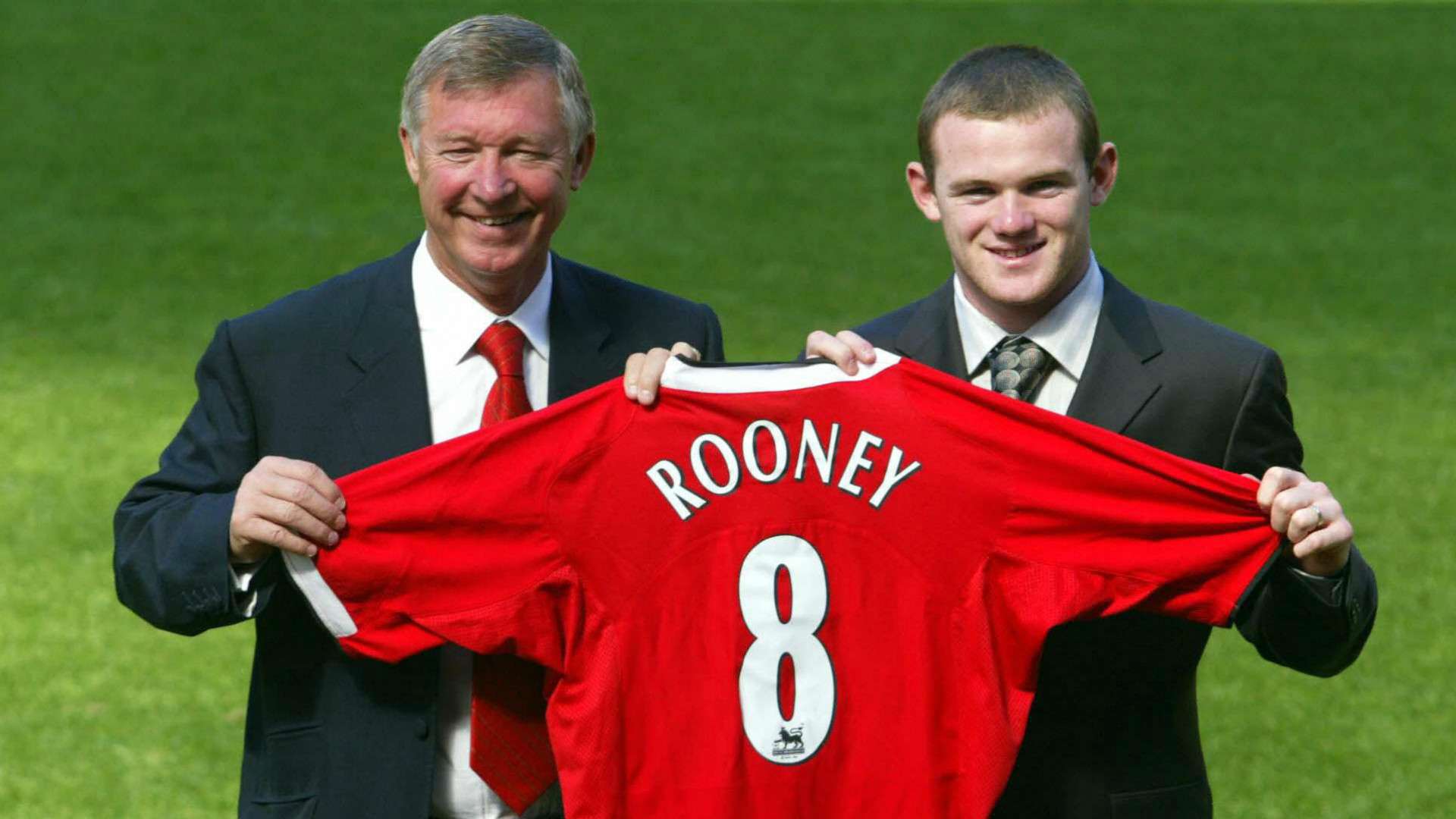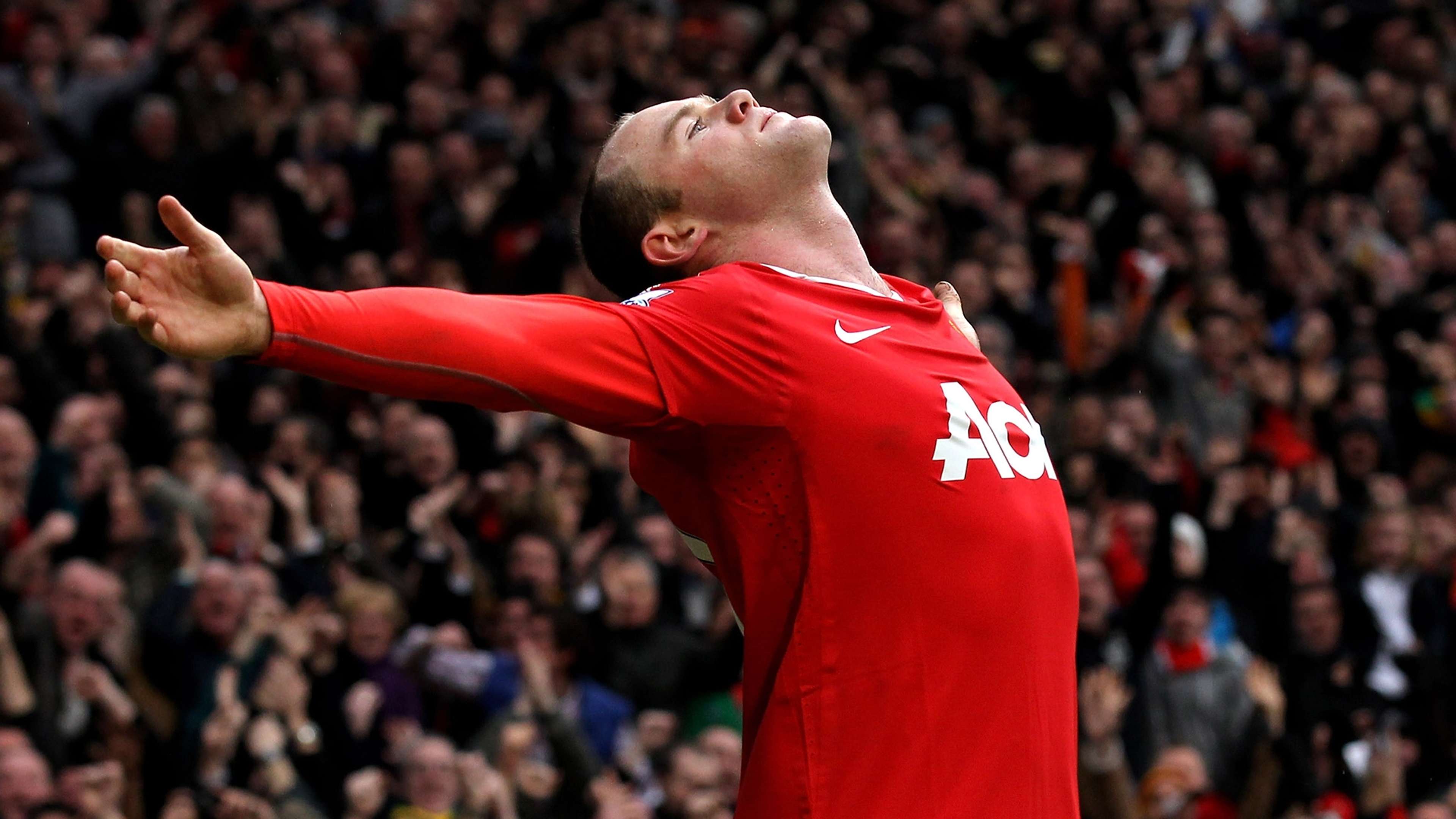On Thursday evening, Manchester United will take on Derby County in the fifth round of the FA Cup. It means a reunion with Wayne Rooney – a player they have yet to replace.
Rooney, of course, remains a legend at Old Trafford. During his 13-year stay, he became the club's all-time leading goalscorer. His tally of 253 goals is unlikely to ever be surpassed.
However, it is worth remembering that Rooney could have left long before 2017. Indeed, United almost lost Rooney in the summer following Sir Alex Ferguson’s retirement in 2013.
The manager told the press that the striker had put in another transfer request, though that might have been a proclamation designed to force him out of the club in his last move in charge of United.
Regardless, Rooney remained in Manchester, which was perhaps surprising given the intense interest from Jose Mourinho's Chelsea in his services, not to mention the libel dispute between the England international and Ferguson's successor, David Moyes.
Next Match
Ultimately, United decided that it would be too risky to lose both Rooney and Ferguson in a single window and the forward was eventually given a £300,000-a-week contract renewal, which he signed in early 2014.
While that appeared to be the right move for the club at the time, to prevent chaos overtaking United immediately in the aftermath of Ferguson, he was never able to make a compelling case for his inclusion from that point on.
Poor fitness, diminishing pace and an increasingly weak first touch meant that Moyes, Louis van Gaal and then even Mourinho all attempted to shift him around the pitch to let him flourish, only to discover he was simply no longer capable of performing in the English top flight.
In truth, Rooney’s form had been on the wane since 2010, but Ferguson’s expertise had kept the side winning despite underinvestment.
The signing of Robin van Persie was a masterstroke that yielded one final Premier League title as it helped replicate Rooney’s once explosive qualities, while Shinji Kagawa was brought to the club in an attempt to add vim and guile to the midfield, further reducing the dependence on Rooney.
Ultimately, Kagawa failed to properly adapt and Moyes’ miserable tenure arrested more than just the Japanese player’s progress.
With Van Persie a shadow of himself in the absence of the inspirational Ferguson, United needed Rooney to step up, or to properly replace him. They managed neither. And they are still searching for a successor.
 Getty Images
Getty Images
Executive vice-chairman Ed Woodward had wanted Cesc Fabregas and Gareth Bale to launch Moyes’ time at the club. Each of them probably would have been a huge success at Old Trafford, but instead Marouane Fellaini was bought in last-minute desperation.
Radamel Falcao and Angel Di Maria came and went, with the Argentine’s reported hatred for United only matched by the average United fan’s hatred for his unimpressive efforts.
Mourinho and Woodward would have been delighted if Paul Pogba had proven himself capable of being the club's new talisman, but during the Portuguese's tenure, only Zlatan Ibrahimovic provided sufficient brio and individual determination to make a difference to results.
Henrikh Mkhitaryan was another busted Dortmund flush, unable to apply himself convincingly. Alexis Sanchez should have been a sure thing; instead his lasting impression will be as a depreciating asset on the club’s financial ledger.
The club do at least appear aware that there are problems in attack and midfield, and have finally started to properly address the weakness.
Both Woodward and Ole Gunnar Solskjaer expected to sign Erling Haaland from Red Bull Salzburg in January, but, in circumstances that recall Woodward being surprised to see Bale in Madrid as he watched television, he turned up in Dortmund instead.
In something of a panic, United eventually signed Bruno Fernandes from Sporting C.P. after a brief period of brinkmanship between the two clubs and advisor Jorge Mendes. Now, the club have an attacking midfielder who can finally burst from deep and create chances, as Rooney did at his peak in United’s last great team, when he played interchangeably with Cristiano Ronaldo and Carlos Tevez in attack.
Perhaps surprisingly, the Glazer family-owned club still plan to build out their offensive options, instead of doing just enough to get by.
Pogba is expected to leave for Real Madrid or Juventus, and so plans are being made to bring in at least one of Jack Grealish, Jadon Sancho and James Maddison, though that presupposes that Harry Kane does not become the priority should he attempt to force his way out of Tottenham this summer.
While too much time has passed for the club to think of it in such a way, with the team’s makeup changing from one season to the next, it is perhaps worth considering that United are simply looking for what Rooney once offered: he was an energetic forward, a deft playmaker, an energetic hustler and a leader.
As he retreated into himself, becoming one-dimensional and personally introverted before eventually departing, other players should have stepped up to cover for those weaknesses. But none have done so adequately.
The same could be said of the managers since Ferguson, of course.
The Scot and Rooney may have ultimately had an unsustainable relationship, but until the club find such two determined characters to drive them forward on and off the field, United will continue to struggle.


